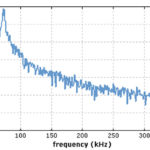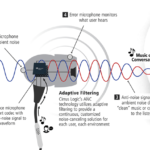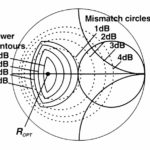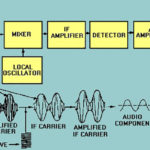Matt Purvis from ADI recently took us through a demo of a super-wideband RF transceiver chip that targets the expanding 5G telecom area. The point of the chip is to transmit multi-carrier LTE signals and to simplify the task of designing MIMO systems. Called the ADRV9009, it is a single-chip time division duplex (TDD) design primarily aimed at time-domain switching. So it has features that handle switching the transmitters and receivers on and off. It also handles fast frequency hopping down to a 60 μsec dwell time for each hop, and the radio maintains calibration across those hops. The chip contains two transmitters, two receivers and two observation receivers for loopback calibrations. And there’s a 200 MHz bandwidth on the receiver and the transmitter.
 During the demo, Purvis displayed the chip outputs on a spectrum analyzer for us. We were able to see a five-carrier LTE signal with the analyzer set for a 250 MHz span. That gave us a good view of five 20-MHz LTE signals, all coming out of a single chip.
During the demo, Purvis displayed the chip outputs on a spectrum analyzer for us. We were able to see a five-carrier LTE signal with the analyzer set for a 250 MHz span. That gave us a good view of five 20-MHz LTE signals, all coming out of a single chip.
Purvis also showed us an evaluation platform at RadioVerse for the ADRV9009. It includes access to the two transmitters, two receivers, and two observation receivers for calibration and then, additionally, an external LL for more stringent baseband requirements.




